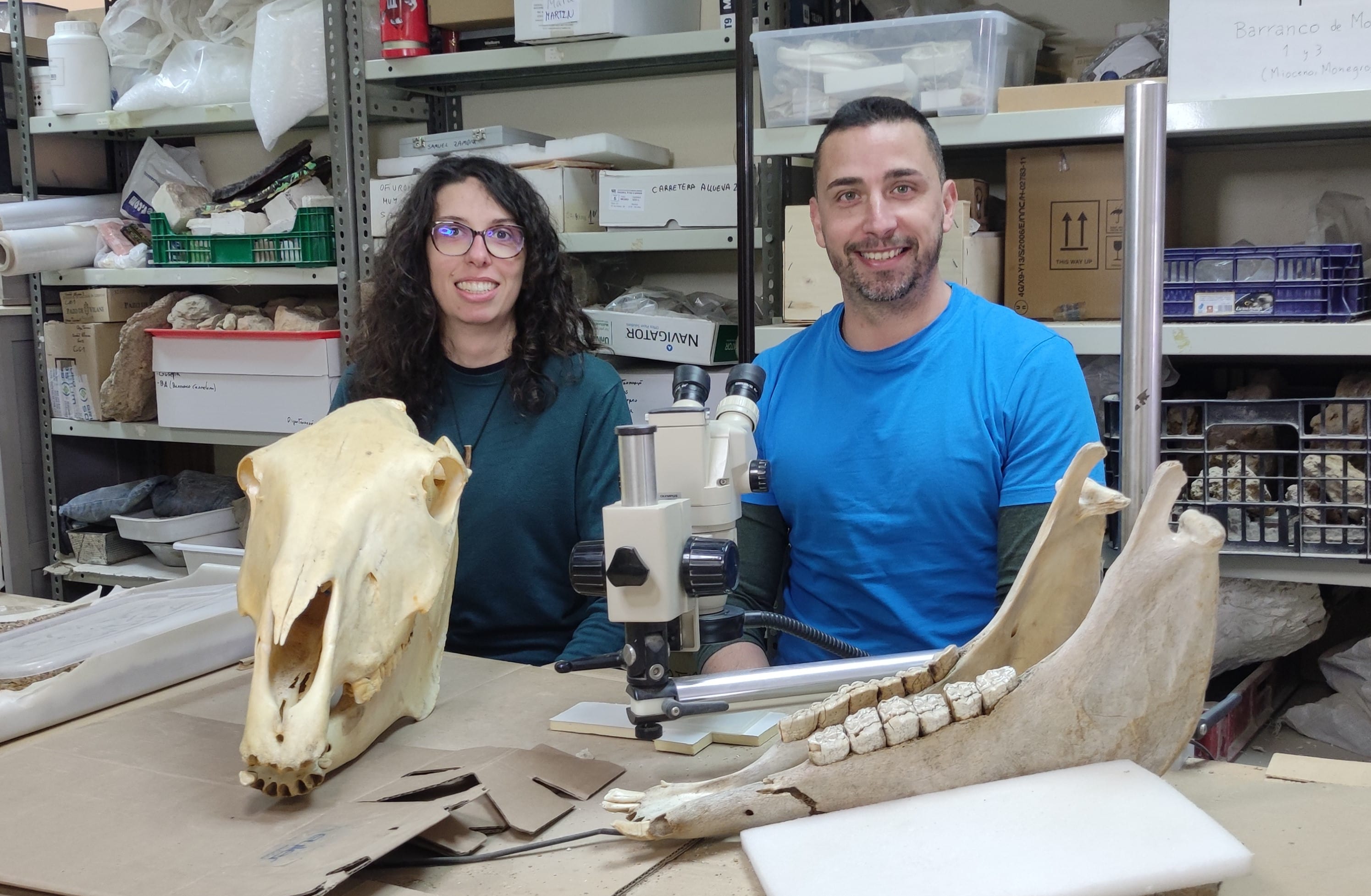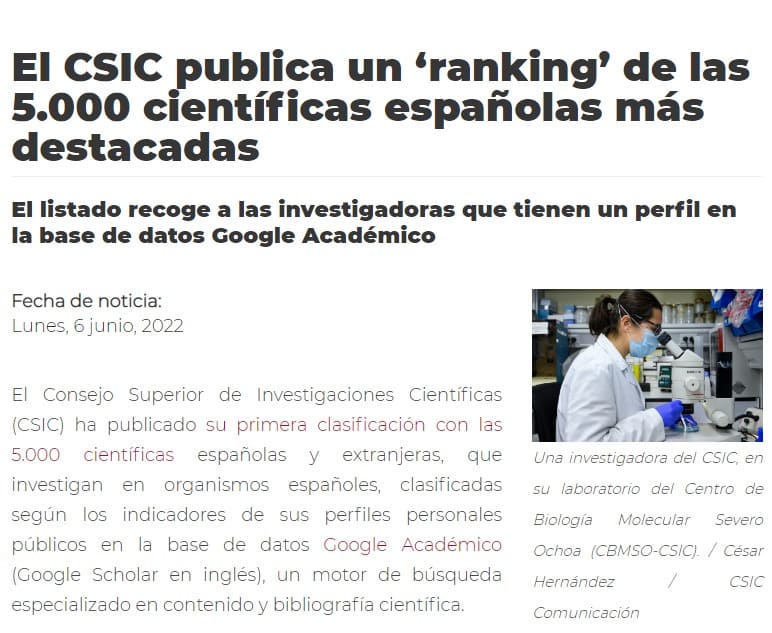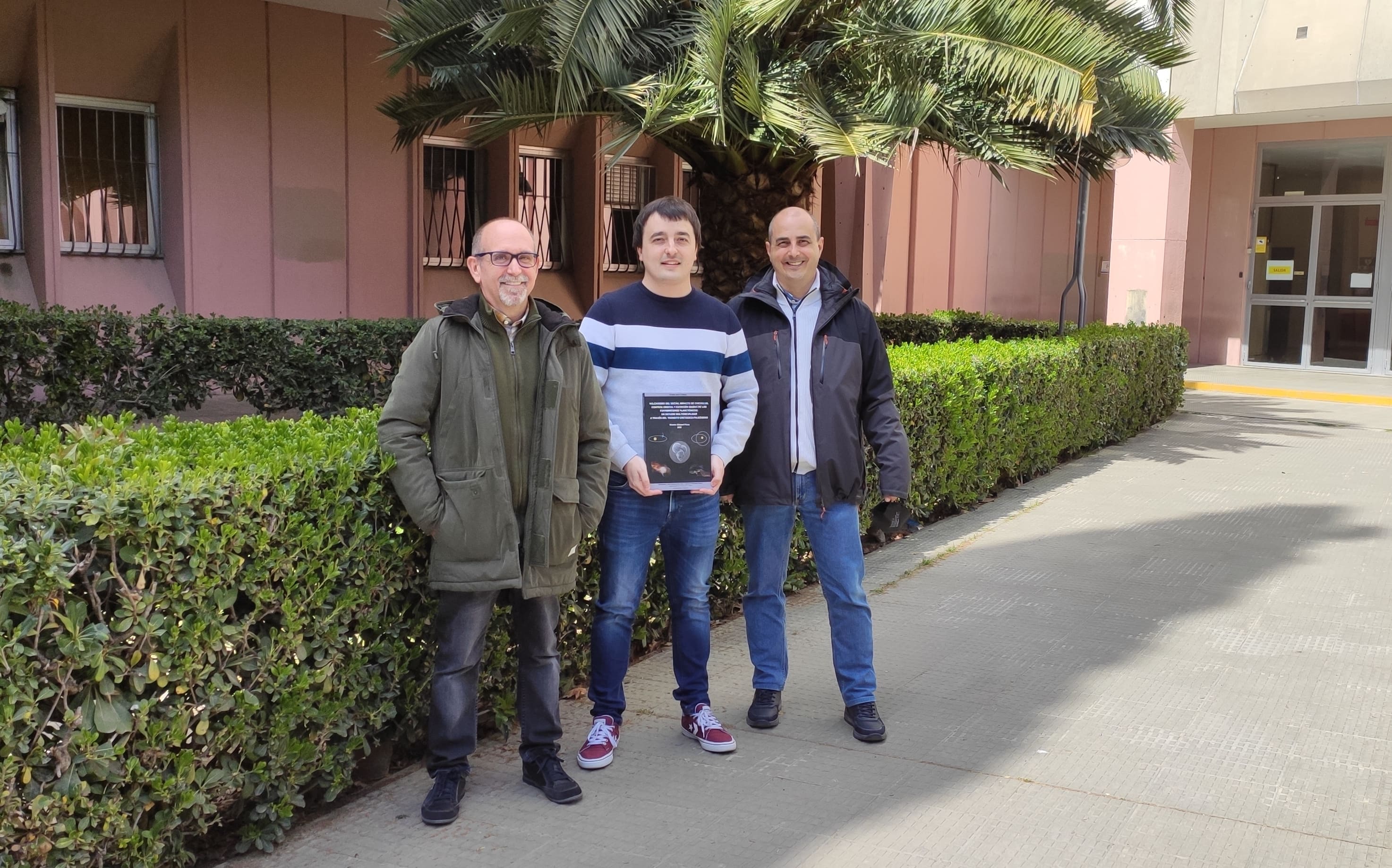Presentation
The general aim is to undertake palaeontological, chronostratigraphic and palaeoenvironmental research, placing emphasis on bioevents and high-resolution biostratigraphy, to establish the correlation between marine and continental environments on the basis of the main events studied.
The sampling is carried out mainly in Spain, where there are some of the best sections in the world, as well as in other countries such as Tunisia, Turkey, Mexico, Cuba, Argentina, Colombia, the United Kingdom and France, also taking part in the drilling programs of the DSDP-IODP.
The sampling is carried out using a high-resolution methodology.
The taxonomic, ecomorphological and quantitative study of foraminifers, invertebrates and mammals provides the basis for obtaining results of a biostratigraphic, palaeoecological and evolutionary nature.
Isotopic, stratigraphic and sedimentological data are integrated to produce a palaeoenvironmental and palaeoclimatic reconstruction and a more rigorous correlation.
Lines of investigation
- The study of extinction bioevents and palaeoenvironmental reconstruction using foraminifers and invertebrates. Patterns of evolution and extinction of foraminifers and invertebrates are analysed, integrating palaeontological and sedimentological data to deduce the causes that produced the distinct events and to use them more precisely in the solution of chronostratigraphic problems. High-resolution sampling is carried out to yield a more detailed understanding of bioevents and define the stratotypes of the Cretaceous-Palaeogene boundary with foraminifers.
- The study of the evolution and extinction of mammals during the Tertiary and Quaternary. There is a focus on the impact of the latest global changes (placing special emphasis on those of global warming and/or aridity) on mammal species (with particular emphasis on primates and artiodactyls) and on the terrestrial ecosystems of the western Mediterranean environment.
Projects undertaken
The origin of the group dates back to 1979, when Prof. Eustoquio Molina initiated the investigation of Micropalaeontology at the University of Zaragoza and supervised the PhD theses of most of the senior members of the group. Subsequently, the Macromammal subgroup was formed, led by Beatriz Azanza, the present head of the group.
Supervision of or participation in the following projects:
MINECO/ERDF (CGL2007-63724/BTE, CGL2007-60790/BTE, CGL2008-05813-C02-01/BTE, CGL2010-19116, CGL2011-23077, CGL2009-07101-E/BTE, CGL2011-15369-E, CGL2011-25754, CGL2014-58794-P, CGL2015-64422-P, CGL2015-68333-P, CGL2016-76431-P, CGL2017-84693-R, & PGC2018-093890-B-I00) and Fundación BBVA (IN[17]_CMA_CCT_0093)
As well as international projects: Mexican, petrol-related (CONACYT 144001 & DGAPA-PAPIIT IV100516), The Swiss National Foundation (200021_159854 / 1), the European project Erasmus + (2017-1-PTO1-KA203- 035790); as well as the National Geographic Society (9640-15) and The Leakey Foundation.
Infrastructure
The group has various facilities and equipment specifically designed for palaeontological research:
- Microscopy and lenses room
- Laboratory for preparation of macrovertebrates
- Laboratory for levigation and preparation of microfossils
- Laboratory for invertebrate preparation
- Photography laboratory
- Museum of Natural Sciences of the University of Zaragoza and its collections
- Science library and access to a large collection of electronic publications and data bases through the Library of the University of Zaragoza
- There is also access to the University facilities with low and high vacuum scanning electron microscopes (SEM) and environmental scanning electron microscopes (ESEM) with EDS and WDS and associated technology.
Technological Offer/Services
Dating of marine rocks and palaeoenvironmental, palaeoclimatic and palaeoceanographic reconstruction by means of microfossils (planktonic and benthic foraminifers) and invertebrates
Moreover, the group has experience in transmitting knowledge from the scientific to the educational community and using exhibitions, museums, information centres and conferences to raise public awareness of some of the themes of greatest interest and most urgent relevance, such as extinction, survival, climate change, and the overexploitation of resources, etc.
Noticias del Grupo

An international scientific team discovers a unique marine environment created by the impact of the Chicxulub asteroid 66 million years ago
(Zaragoza, Monday, April 7, 2025). Sixty-six million years ago, at the boundary between the Cretaceous and Paleogene periods, the Chicxulub asteroid struck the coast of Mexico’s Yucatán Peninsula, triggering severe environmental disruption and causing the extinction of 76% of marine life. Previous studies showed that the marine ecosystem within the crater recovered in just 30,000 […].
Human presence, not climate warming, may have caused the extinction of Europe’s last wild equids.
Researchers from the Extinction and Palaeoenvironmental Reconstruction group have studied the role that major climatic changes and human activity (such as livestock farming) played in the extinction of Europe’s last wild equids (the wild horse Equus ferus, and the wild ass Equus hydruntinus). The results of the analysis of fossil teeth of wild horses and […].
One hundred Unizar researchers, among the 5,000 most cited and best positioned Spanish scientists in Google Scholar
(Zaragoza. Friday, June 17, 2022). More than a hundred researchers from the University of Zaragoza are part of the 5,000 most cited and best positioned Spanish scientists, according to the ranking drawn up for the first time by the Higher Council for Scientific Research (CSIC) in order to increase visibility of the role of Spanish […].
Defense of the doctoral thesis “Deccan volcanism, Chicxulub impact, orbital control and mass extinction of planktonic foraminifera: a multidisciplinary study through the Cretaceous-Paleogene transit”
Last Monday, March 28, the defense of the doctoral thesis “Deccan volcanism, Chicxulub impact, orbital control and mass extinction of planktonic foraminifera: a multidisciplinary study through the Cretaceous-Paleogene transit” took place, carried out by Vicente Gilabert Pérez and directed by Drs. José Antonio Arz and Ignacio Arenillas, all of them members of the “Paleoenvironmental Extinction […].
| DGA GROUP REFERENCE: | E33_23R |
| YEAR OF CREATION: | 2008 |
| NUMBER OF THESES SUPERVISED (2023): | 1 |
| NUMBER OF PUBLICATIONS (2023): | 17 |
Chief Investigator:
Beatriz Azanza Asensio
Co-chief Investigator:
Daniel DeMiguel Cascán


